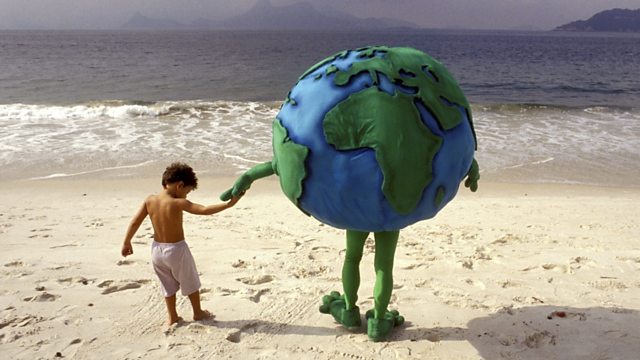Thirty years after the Earth Summit
Thirty years on, we ask what has the Earth Summit in Rio achieved? Plus, polar bears and the origin of the Black Death.
Thirty years ago, world leaders met at the United Nations Earth Summit in Rio and appeared to commit to action to tackle two of the world's greatest environmental threats. The Earth Summit launched the UN Climate Change Convention and the Convention on Biological Diversity. Science in Action assesses their success by talking to atmospheric scientist Sir Bob Watson, a former chair of the International Panel of Climate Change, and to Tom Oliver, professor of applied ecology at the University of Reading, decades on.
Also, Arctic zoologist Kristin Laidre tells us about the identification of an unique population of polar bears in south-east Greenland. The bears’ unusual habitat and means of survival may make them more resilient to the loss of sea ice as the Arctic region continues to warm. Finally, archaeo-geneticist Maria Spyrou talks about her team’s detective work which points to an area of Kyrgyzstan in Central Asia as the likely source of the 14th Century Black Death pandemic.
Presenter: Roland Pease
Producer: Andrew Luck-Baker
(Photo: Earth Summit In Rio De Janeiro, Brazil, 2 June, 1992. Credit: Antonio Ribeiro/Gamma-Rapho/Getty Images)
Last on
More episodes
Previous
Next
Broadcasts
- Thu 16 Jun 2022 19:32GMT91�ȱ� World Service except East and Southern Africa & West and Central Africa
- Fri 17 Jun 2022 03:32GMT91�ȱ� World Service Australasia, East Asia & South Asia only
- Fri 17 Jun 2022 04:32GMT91�ȱ� World Service Americas and the Caribbean
- Fri 17 Jun 2022 08:32GMT91�ȱ� World Service
- Fri 17 Jun 2022 12:32GMT91�ȱ� World Service Australasia, Online, UK DAB/Freeview, Europe and the Middle East & News Internet only
- Fri 17 Jun 2022 19:32GMT91�ȱ� World Service East and Southern Africa & West and Central Africa only
- Sun 19 Jun 2022 01:32GMT91�ȱ� World Service Americas and the Caribbean & News Internet only
Podcast
-
![]()
Science In Action
The 91�ȱ� brings you all the week's science news.


